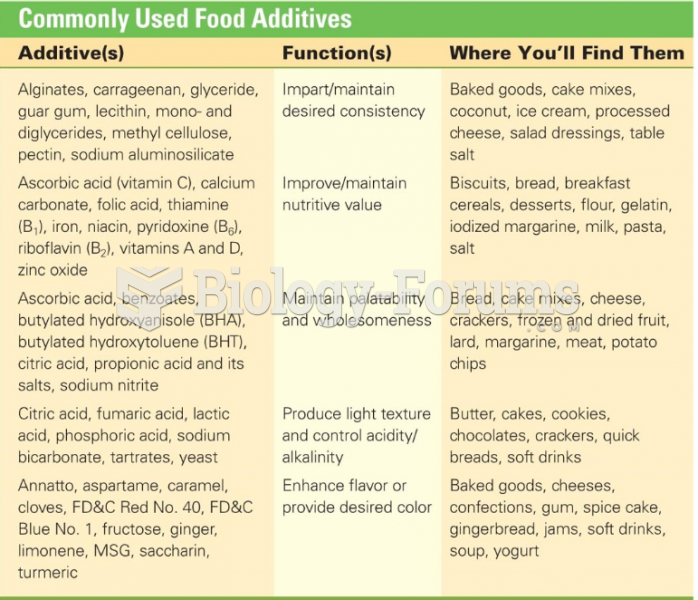Answer to Question 1
True
Answer to Question 2
Methods used for obtaining data include:
A survey is a systematic study of a cross section of individuals who represent the target population. It is a relatively inexpensive method of collecting information from a large group of people.
A health risk appraisal (HRA) is one type of nutrition survey used in community nutrition. The HRA is a kind of health hazard chart that asks questions about the lifestyle factors that influence disease risk, and it has been used successfully to improve health behaviors.
Screening is an important preventative health activity designed to reverse, retard, or halt the progress of a disease by detecting it as soon as possible. Screening can be conducted in the clinical and community settings by a variety of health care professionals.
Focus groups are informal groups of 5 to 12 people who are asked to share their concerns, experiences, beliefs, opinions, or problems. Focus groups provide qualitative information that helps nutritionists understand how the nutritional problem developed and whether the target population perceives it to be a problem.
Interviews with key informants can be used to complete a cultural assessment of the target population or to provide insights about whether the target population perceives a nutritional problem and which actions for addressing the problem are culturally appropriate.
Direct assessments of nutritional status are used to determine an individual's or a population's usual dietary intake and to identify potential dietary inadequacies. Direct assessment methods use dietary, laboratory, anthropometric, and clinical measurements of individuals to identify those with malnutrition or a nutrient deficiency.







